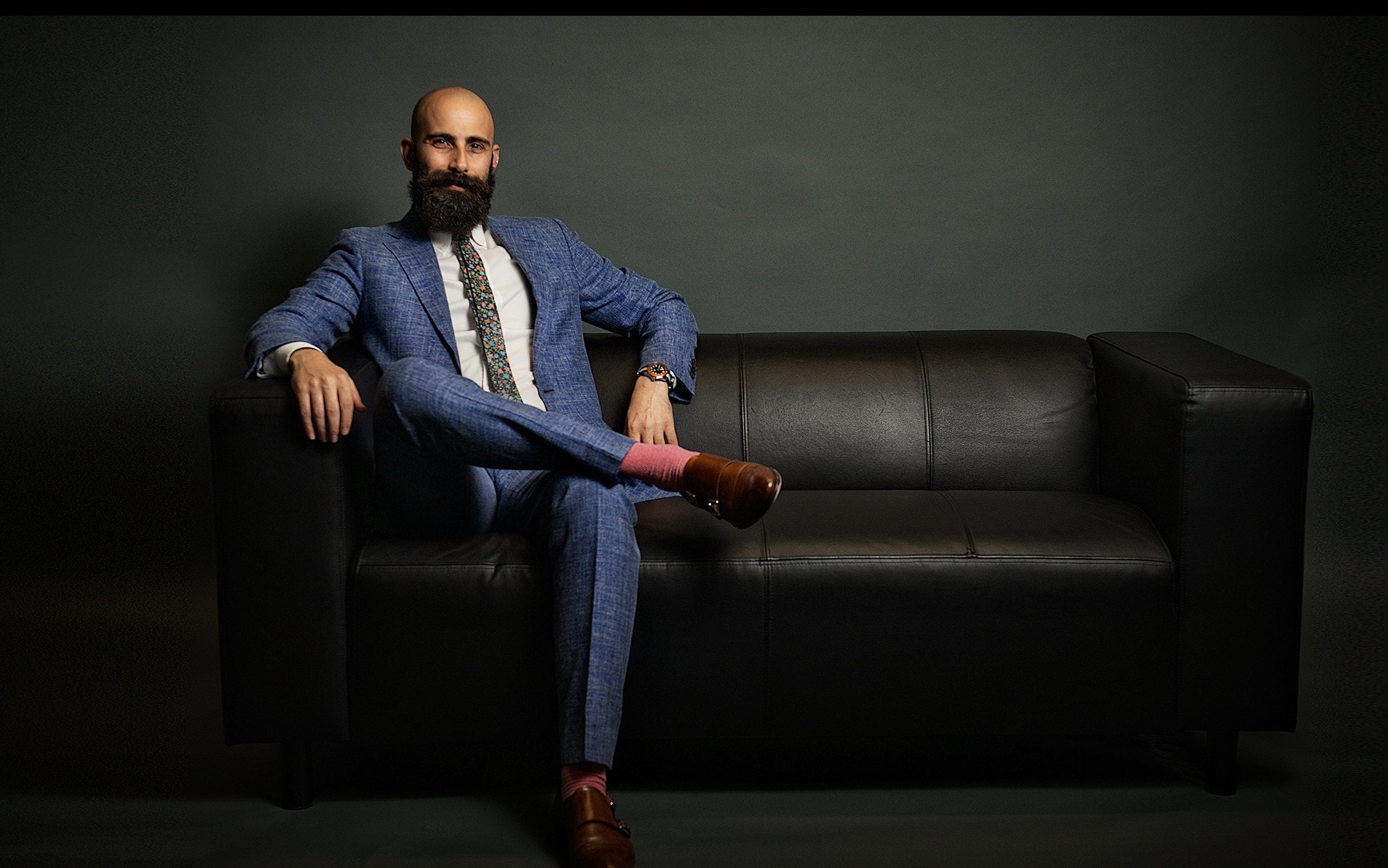
Last week, WPP brand activation and creative commerce agency Geometry announced its new chief innovation officer. Roy Armale will sit in the Dubai office and service the network globally from the region. Campaign asked him about his new role.
Who was the previous chief innovation officer, and where did they go?
I get to be the first! The role is part of Geometry’s evolution spurred by Beth Ann Kaminkow, our new CEO since last April. We’ve always been clear on the role of innovation and tech in transforming the way companies work, so we decided to get more proactive with our approach, set up a clear innovation and tech strategy, and lead the way for our clients rather than react to their needs. We’re very fortunate to have someone with Beth Ann’s vision and her willingness to put that vision into practice; after all, this is not a short term approach.
How do you define ‘innovation’?
WPP is a Creative Transformation company and Geometry is the End to End Creative Commerce agency within its portfolio. This makes our role a very tangible one since we are tasked with ensuring conversion. My preferred definition of innovation is the ability to turn ideas into scalable commercial solutions. When great ideas are campaign oriented, you notice that most have a diminishing return; they act like a fad, where each extra time you interact with the idea, the benefit is diminished. Innovation is the ability to turn ideas into solutions where the benefit increases with every interaction, like dealing with voice assistants. They might be annoying when you start, but the more you get used to them, the more they help. We apply that thinking to commerce.
As CIO, what is your remit and what sort of KPIs and benchmarks are you working towards?
My remit is to build new ways of working, develop tools and business models for both Geometry and our clients, as well as partner with start-ups to build and scale new products. That splits my benchmarks between enablement and productization. Enablement is about improvement (more efficient, more productive) and productization is about value creation (revenue generation, enterprise value increase). Both of those help me contribute to Geometry’s goal of redefining and reimagining commerce.
How is your role integrated into the agency? Do you have a team under you? Or do you steer across teams within Geometry?
The team structure follows the benchmarks and objectives. Enablement is all about working through teams and augmenting them within their markets. Productization requires dedicated teams for the products. I have a small team reporting to me that sets the parameters for both of these things and helps with the governance process, which is a matter of steering across teams within Geometry. Striking a balance between both is important, especially at this stage, so that we deliver tangible results through a core team, but don’t end up with silos.
Have you got some good examples of innovation within Geometry (or outside) in recent years?
We have more innovative thinking that leads to campaigns than full innovation because of the investment required. A good example of scalable tech innovation that makes Geometry proud is the Flagship set up by Debbie Ellison in the UK, and is now getting implemented around the world. The Flagship is an immersive experience where our clients can truly understand the marketing decisions they take by seeing it applied in-situ. It’s a great innovation that can scale and contributes to our Living Commerce approach, an innovation in its own right, that helps us create and apply solutions that convert.
What innovations are you most excited about in the coming year or so?
I’m interested in the developments on voice, from the live translation systems to the natural language processing analysis that is helping us communicate and multitask better. My geekier side is excited about the newer machine learning developments and its application in areas like FinTech. I was advising a startup on a product called UP that helps people take better financial decisions by turning financial planning into life planning and recommending products based on a person’s life priorities. Any innovation that applies technology to improving human behavior is exciting to me.
And what do you expect your biggest challenges will be?
The biggest challenge is the mindset shift from campaign-based budgets to innovation investment. Working on a scalable innovation means that brands need to look at ROI in a different financial lens and agency compensation models need to shift towards sharing the risk and sharing the rewards. This is not an easy change, but we’re working on it as part of our Living Commerce approach, which guides us and our clients towards taking better decisions within the scope of End to End Commerce.
How important is MENA to Geometry. With you being promoted to a global role and Geometry North America picking up Manuel as its ECD from this region, it seems that MENA is high in the agency’s conscience. Do you do more business from here than other regions?
The MENA region’s evolution over the last decade has been beautiful. We’ve seen a higher level of talent development than ever before. Dubai, our MENA HQ, lead by Nick Walsh, is a great agency brimming with the kind of talent you need to grow, and they are definitely growing. However, we now need to start worrying about brain drain. When you look at the regional sources of growth, SMEs and start-ups, you can see an idea import approach, where most of the funded work is the MENA’s “insert successful business here” rather than fresh innovation. This disparity between talent development and business growth will create some pressure. Fortunately, we’re in an industry where fresh ideas are great talent is recognized, so we will do our part to give more attention to the local growth, while fostering that talent.









